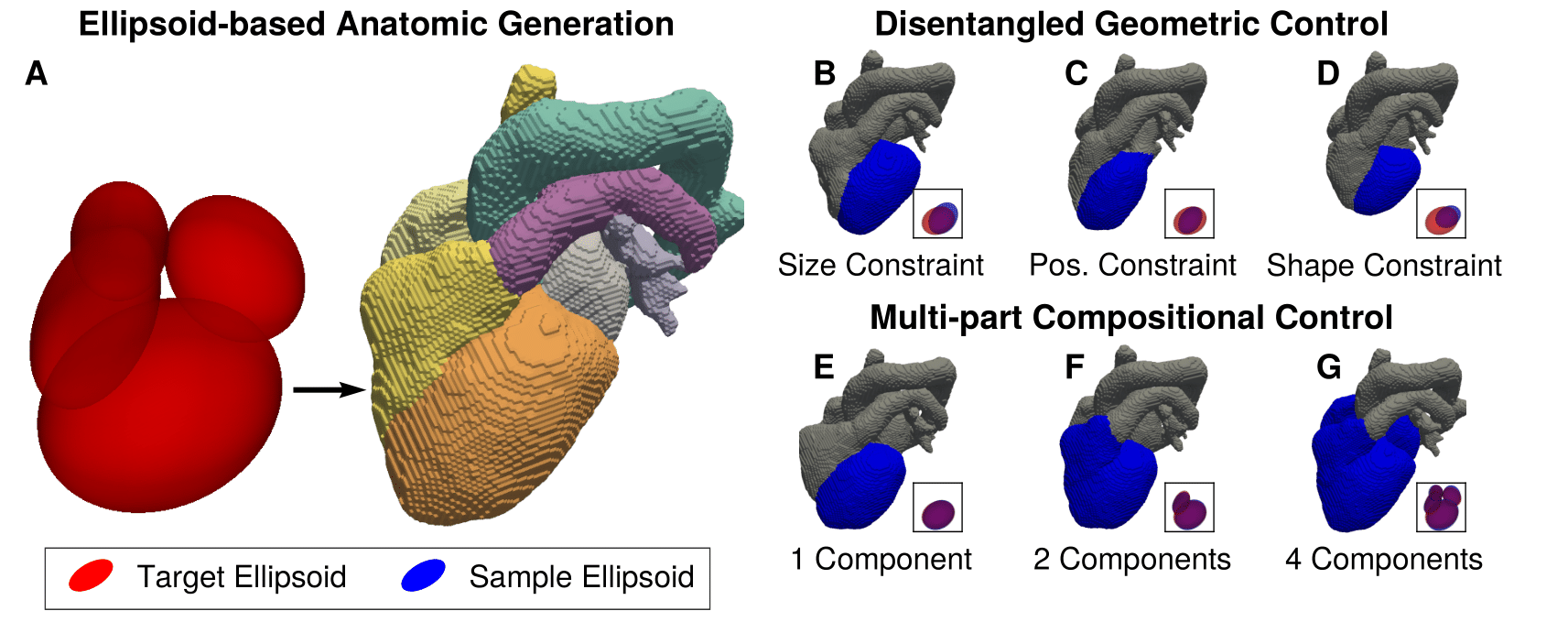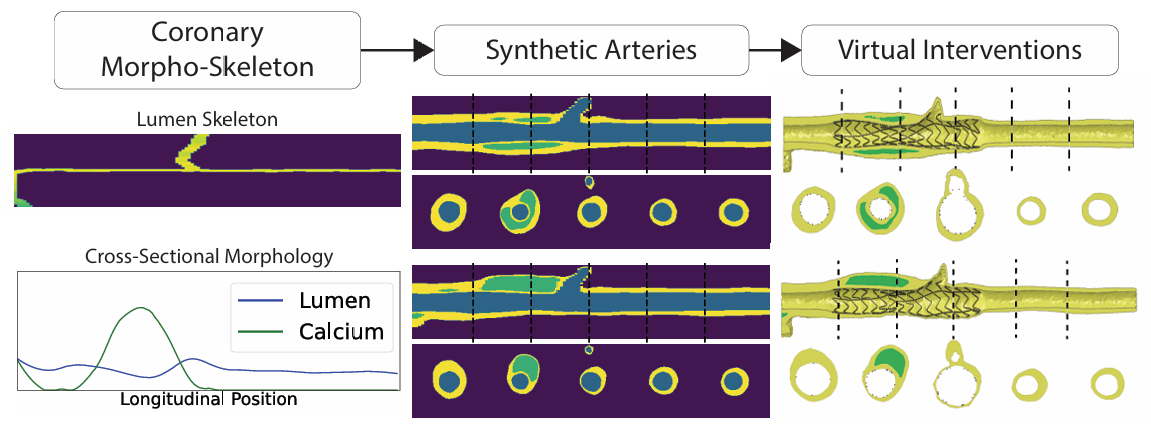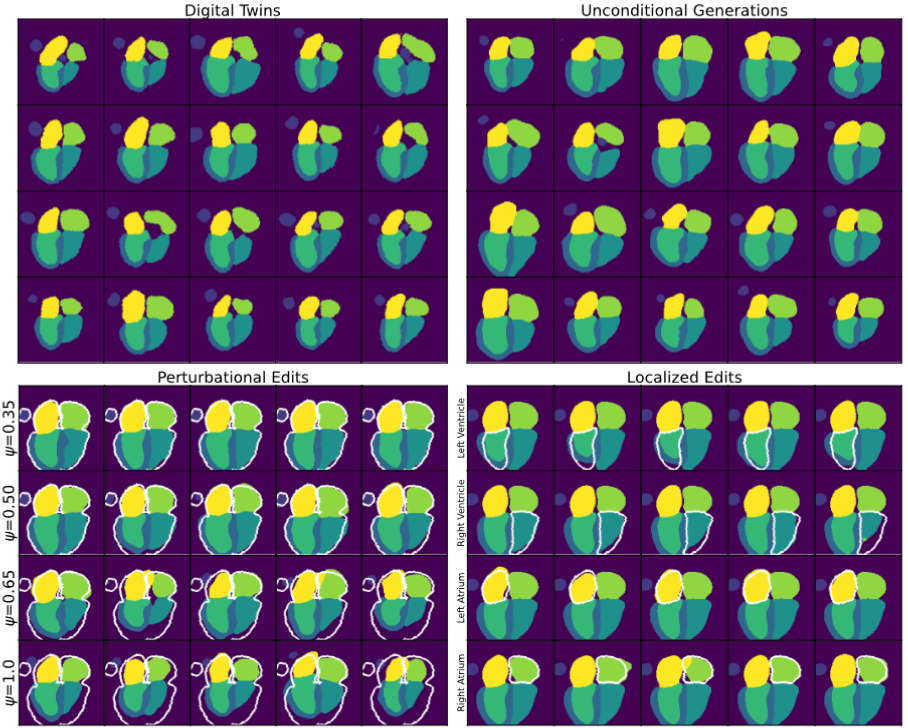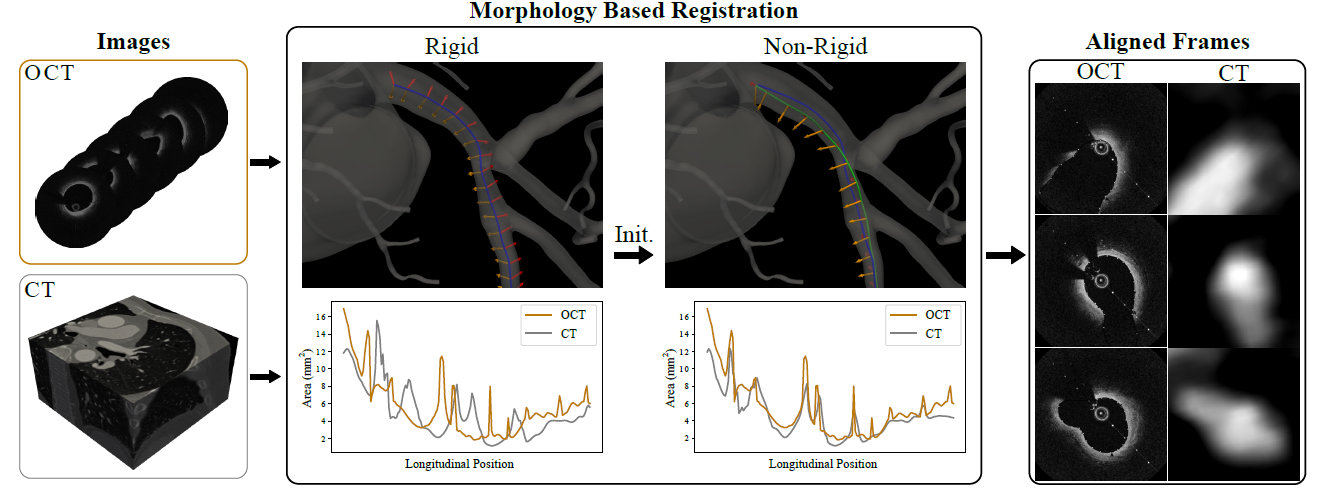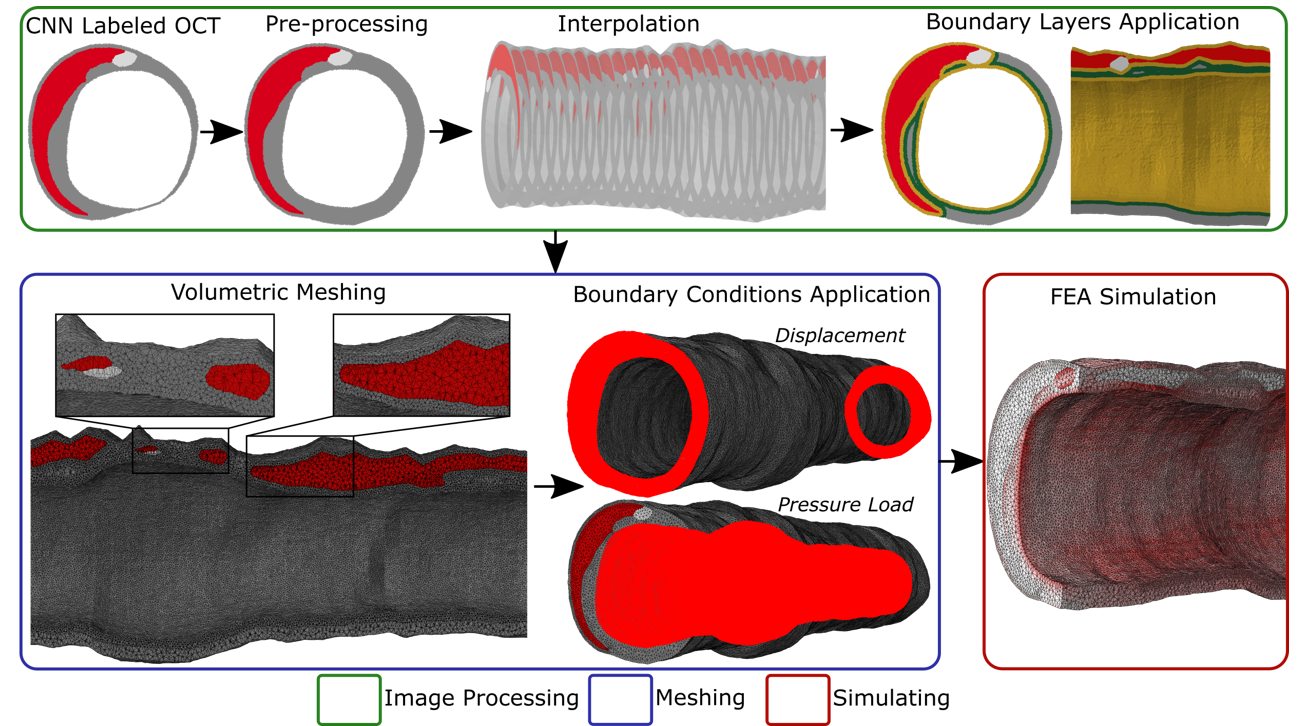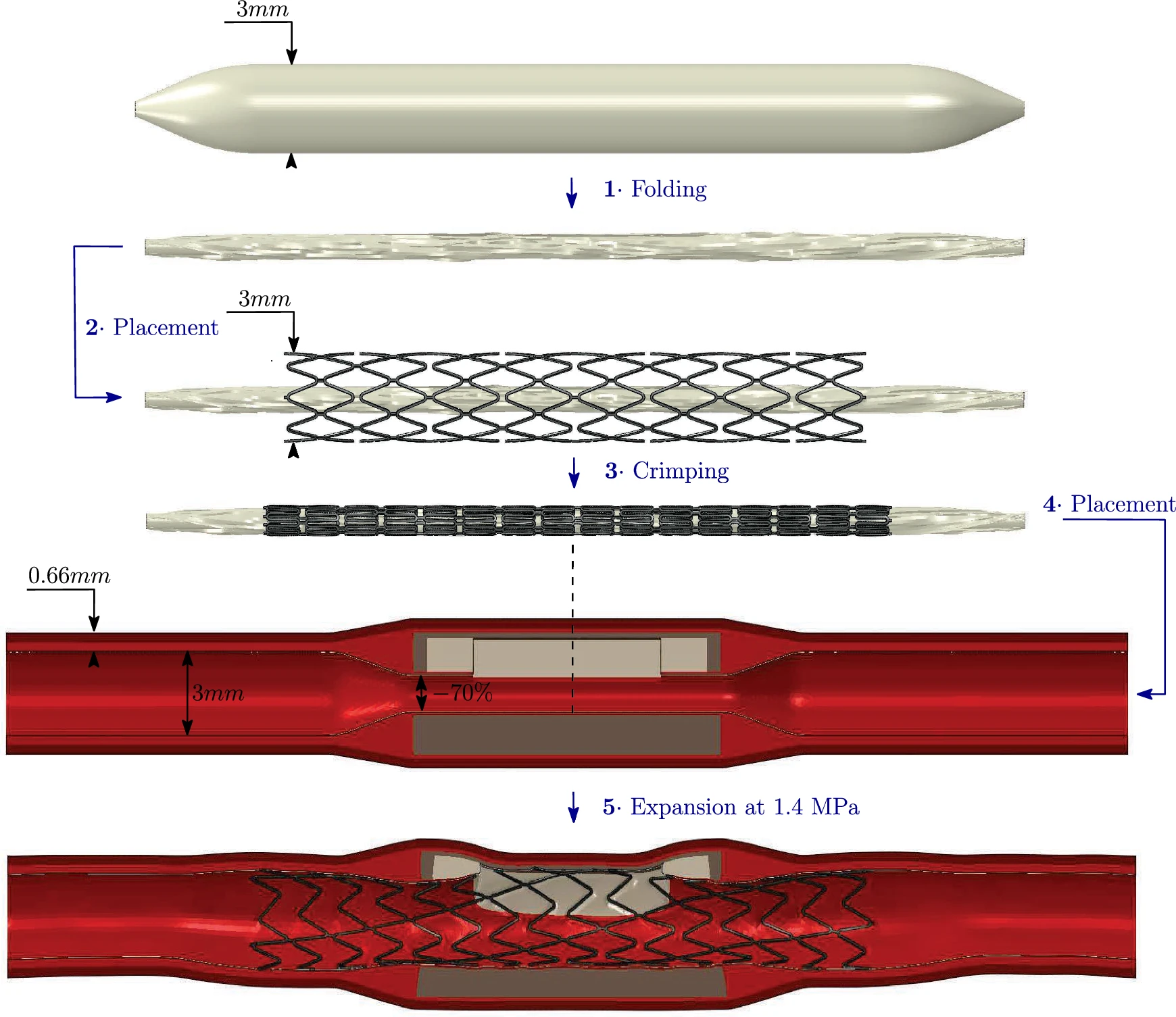I am a 5th-year PhD student at MIT, working at the intersection of machine learning and computational simulation to improve cardiovascular health. I am advised by Elazer Edelman and Farhad Nezami. I have a M.Sc in Bioengineering from EPFL and dual bachelor’s degree in Mechanical Engineering and Physics from the American University in Cairo.
I have previously interned at Calico, where I developed protein generative models, General Electric Healthcare, where I worked on generative models for medical imaging; and Novostia, where I focused on medical device development.
I’m interested in how machine learning can unlock the full potential of computational simulation for science, engineering, and medicine. My current research focuses on alleviating key bottlenecks in using physical simulation for designing medical devices such as coronary stents and heart valves. I am specifically developing deep-learning and computational geometry tools that process high-dimensional patient-specific anatomy to automate the reconstruction of anatomical digital twins, augment these datasets with generative models, and accelerate the prediction of virtual intervention outcomes with scientific machine learning.
Generative Diffusion Models of Cardiovascular Anatomy
| Anatomica: Localized Control over Geometric and Topological Properties for Anatomical Diffusion Models Paper | Download Here | |
| CardioComposer: Flexible and Compositional Anatomical Structure Generation with Disentangled Geometric Guidance Paper | Download Here | |
| A Diffusion Model for Simulation Ready Coronary Anatomy with Morpho-skeletal Control Paper | Download Here | Code | |
| Probing the Limits and Capabilities of Diffusion Models for the Anatomic Editing of Digital Twins Paper | Download Here |
Automatic Reconstruction of Anatomic Digital Twins from Multimodal Datasets
| Morphology-based non-rigid registration of coronary computed tomography and intravascular images through virtual catheter path optimization Paper | Download Here | |
| Fully automated construction of three-dimensional finite element simulations from Optical Coherence Tomography Paper | Download Here | |
| A platform for high-fidelity patient-specific structural modelling of atherosclerotic arteries: from intravascular imaging to three-dimensional stress distributions Paper | Download Here | |
Numerical Simulation for Understanding Pathophysiology and Device Interventions
| Impact of lesion preparation-induced calcified plaque defects in vascular intervention for atherosclerotic disease: in silico assessment Paper | Download Here | |
| Biomechanics of Diastolic Dysfunction: A One-Dimensional Computational Modeling Approach Paper | Download Here | |


